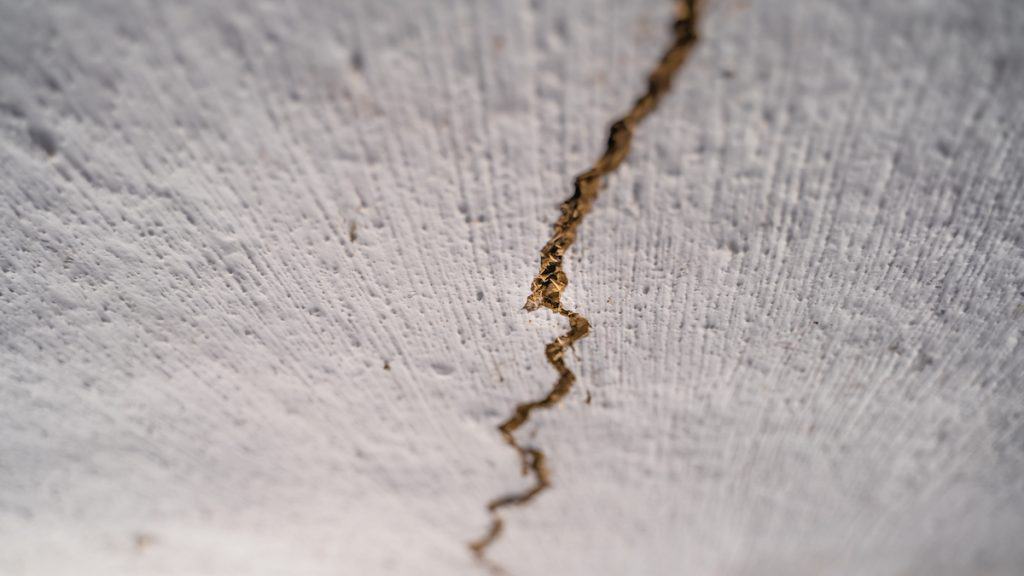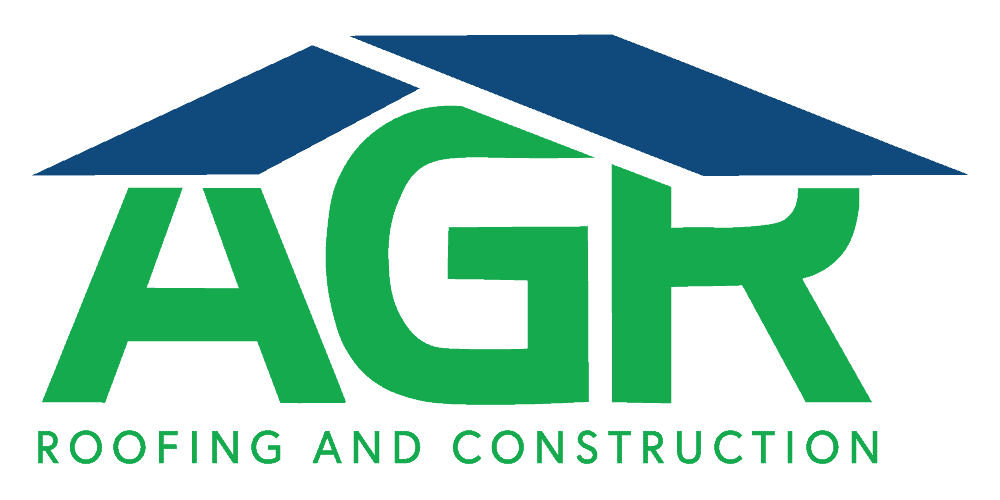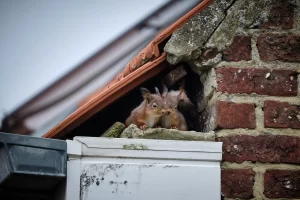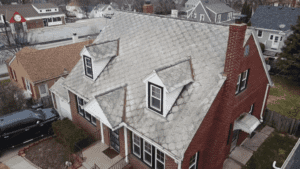Ceiling cracks are not uncommon they might not always be a sign that you need a roof repair. In fact, some cracking is expected and even considered normal.
Cracks can form as a result of normal factors such as the house settling or paint drying out. Cracks, on the other hand, can indicate serious issues such as excess moisture or structural damage.
So, how do you determine which cracks can be ignored and which must be repaired?
This guide will explain everything. It gives an overview of the most common reasons for ceiling cracks, what common ceiling cracks can mean, and which ones need to be addressed.
The Most Common Causes of Ceiling Cracks
Ceilings frequently crack as a result of moisture or aging. Ceilings can crack as a result of interior structural and construction issues. However, weather conditions such as heavy snow, high winds, or intense rainfall may be to blame.

Construction flaws
Roof installation or home construction flaws can result in structural or cosmetic ceiling cracking. Poor drywall installation, for example, can result in cosmetic ceiling cracks.
Roof and House Aging
Ceiling cracks can appear as a result of paint or plaster drying out over time. It can also appear as a result of age-related structural changes.
House Settling/ Foundation Settling
Homes settle into their new surroundings. Settling occurs primarily after the construction of a new home, with age, or due to soil issues.
Cracks caused by settling are most common in newly built and older homes. This is considered normal and is rarely a problem.
However, due to waterlogged soil after heavy rainfall or flooding, a foundation may shift and settle more than usual. If the soil dries out too much, it can move out of place.
Regular Movement of the Roof
When the roofing structure shifts or moves, cracks can form. High winds or climate change can cause the roof and its trusses (the wooden framework that supports it) to move. This is known as truss uplift.
Roofs can move in response to changes in temperature and humidity. That isn’t usually a big deal.
Roof movement following high winds, on the other hand, should always be taken seriously.
Upper Floors supporting a lot of weight
Excess weight on the roof or the floor can cause the ceiling to bow or sag.
What Are Spiderweb Ceiling Cracks?
Foundation settling is indicated by spiderweb cracking radiating out from a central point. Some settling is normal, but excessive building movement is dangerous.
Look for signs of settling, such as sticking doors, windows, or sloping floors. If anything appears to be wrong, contact a roofing inspector.
What Do Ceiling Hairline Cracks Indicate?
The paint or plaster is usually the cause of fine, hair-thin straight or spiderweb ceiling cracking. Paint and plaster can crack as they age, as a result of humidity, or as a result of normal settling.
On its own, this isn’t usually a big deal. However, keep an eye on things and look for red flags.
What Is the Significance of a Horizontal Crack Between the Ceiling Wall and the Ceiling?
A horizontal crack running between or along the ceiling and wall can be caused by foundation settling or high-wind truss uplift.
These cracks may be fine, but they should be checked out.
What Do Vertical Ceiling-Wall Cracks Indicate?
A crack that runs from your ceiling to the wall indicates structural damage. This is a red flag that must be addressed right away.
What Do Cracks in the Ceiling of a Flat Roof Indicate?
Do you have a flat roof or a section of a roof? Flat roofs are more prone to water damage and are more easily damaged than pitched roofs.
It may not seem like much, but these cracks should always be investigated.
What Do Bowed or Sagging Ceiling Cracks Indicate?
A sagging or bowed ceiling is a bad sign, especially if it is accompanied by a crack or cracks.
This is a serious situation. It indicates some type of structural damage, which may be quite advanced.
Contact a roofing contractor right away.
What Are Plaster Cracks Ceiling Cracks?
Plaster has a tendency to crack over time. So cracking on a plaster ceiling isn’t usually a big deal. If you only see cracking or flaking and no discoloration or larger cracks, you may not need to worry.
What Do Yellow or Brown Ceiling Cracks Indicate?
Ceiling cracks that are yellow, brown, or otherwise discolored are signs of water damage and leaks.
This must be addressed.
Both the crack and the leak must be addressed. Water damage can make cracks that would otherwise be minor hazards far more dangerous. And leaking water will always jeopardize the structural integrity of your home.
The leak could be caused by plumbing, a faulty roof, or something else.
What types of ceiling cracks must be repaired?
When there is structural damage, loss of building integrity, leaks, excess moisture, or roofing problems, ceiling cracks must be addressed immediately. The following are possible warning signs.
Cracks in the ceiling after:
- Heavy snowfall
- Significant Rainfall
- Flooding
- Earthquakes
- Droughts
- Sagging ceiling cracks with discoloration
- Doors or Windows That Stick
- Floors with Slopes
- The wall is cracked all the way down.
Do you have ceiling cracks and sagging, discoloration, or cracks down the wall in your home? Are there any doors or windows that are difficult to open or close?
Those are serious red flags! Inspect your ceiling and attic with a qualified roofing professional.

Hire a local roofing company to do a roof inspection
Ceiling issues can be serious business. So please contact a local roofing company if you require an emergency inspection or if you have any questions.
Our expert team members have extensive experience with roof inspections, roof installation, roof repairs, and restoring residential and commercial roofs. Please contact us and we will send a senior team member to conduct a thorough evaluation of any roof damage causing cracks in your ceiling.
Not sure if you have roof damage? Please contact us anyway. It’s always better to be safe than sorry, and having a professional determine the severity of a ceiling crack is always a good idea.
Simply send us a message.





